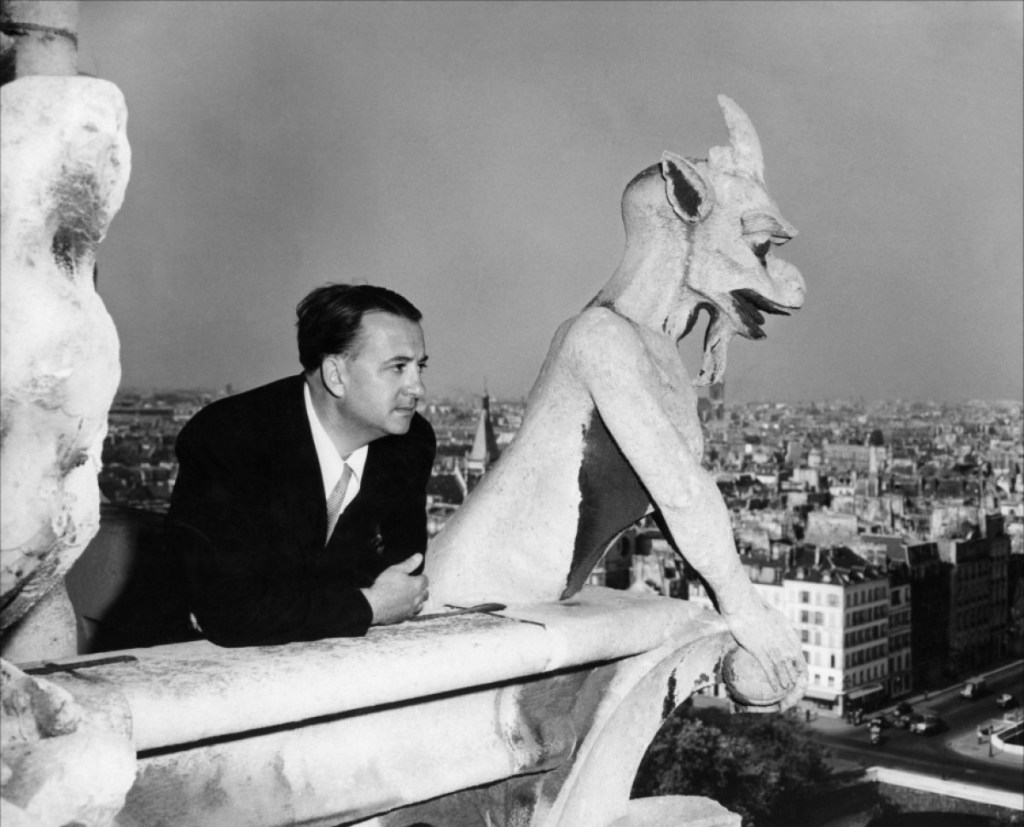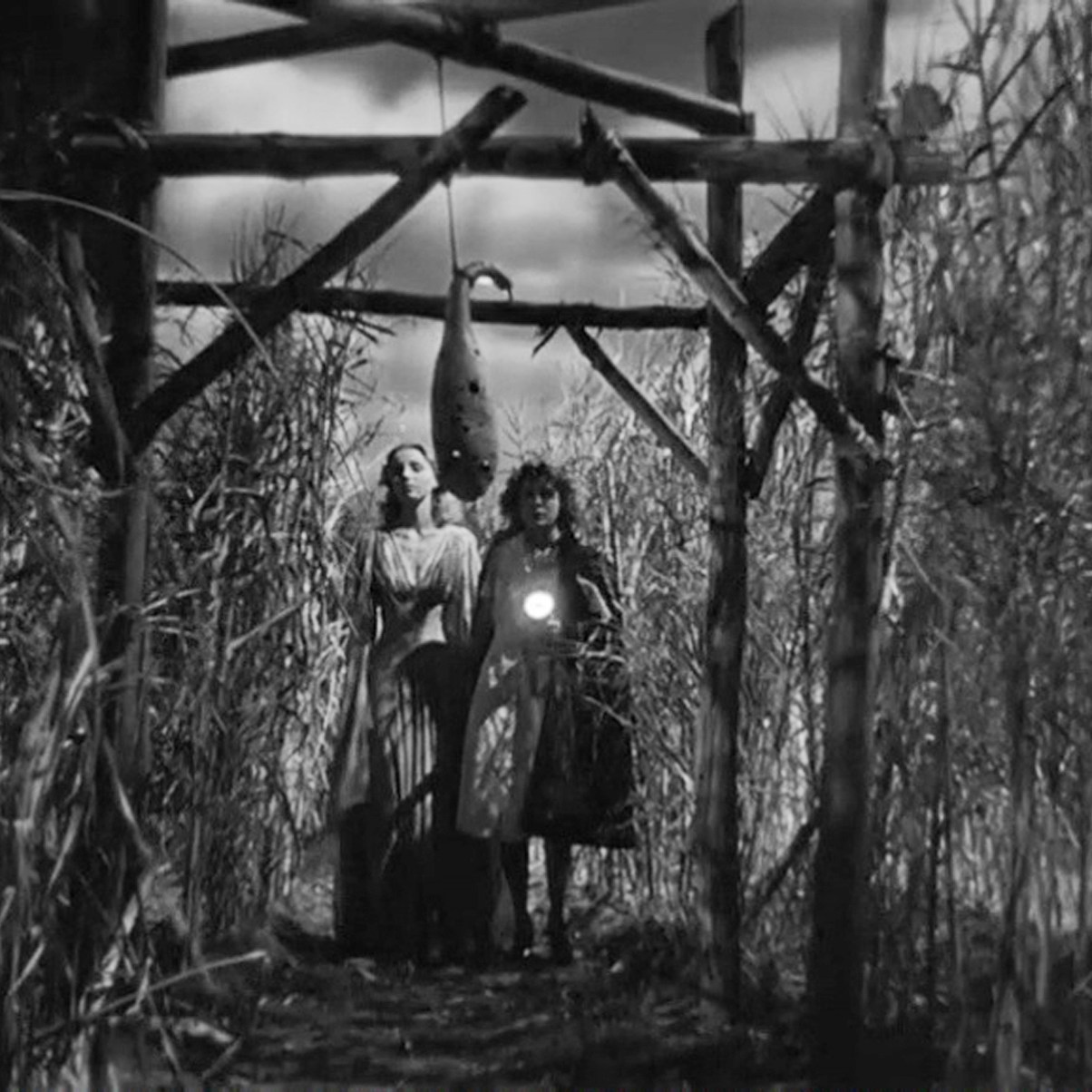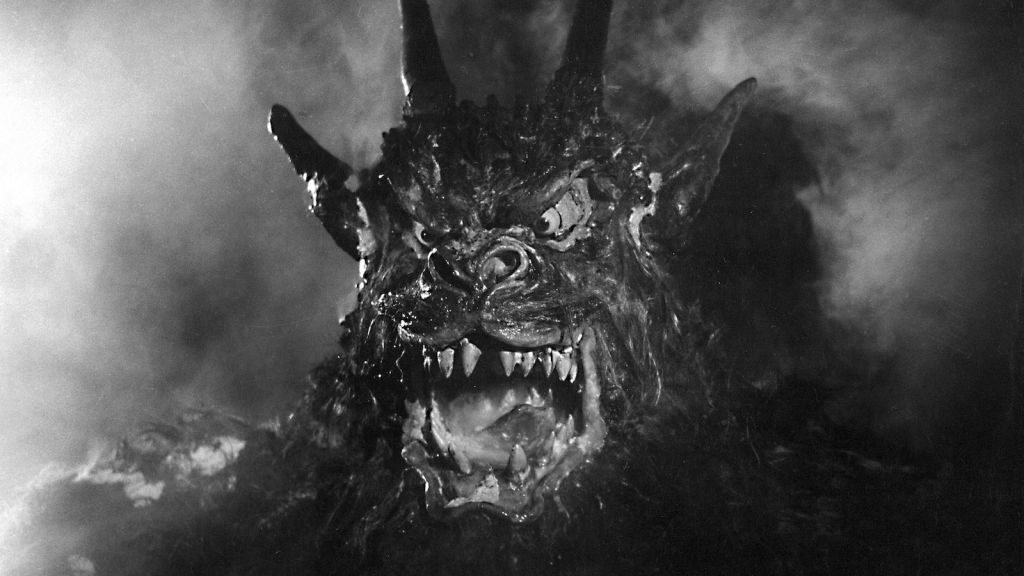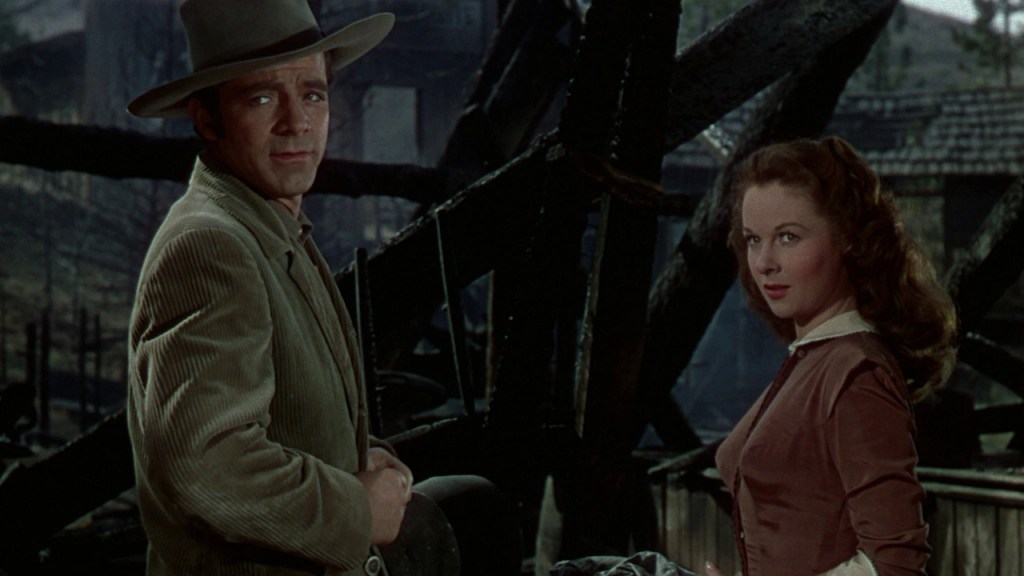Jacques Tourneur, the French-born director known for his distinctive contributions to genre films in Hollywood, brought an artistic sensibility that transcended the conventional expectations of horror, film noir, and westerns. His films are renowned for their atmospheric style, complex characters, and exploration of existential themes. He was exceptionally talented at weaving suspense and creating a sense of the uncanny through manipulating light and shadow, most famously evident in his collaborations with producer Val Lewton.
Tourneur, the son of Maurice Tourneur, got his start in the French cinema before moving to Hollywood, where he worked as an editor and second-unit director. His early Hollywood career was shaped significantly by his collaborations with Lewton at RKO Pictures, where they produced a series of innovative low-budget horror films. These films, including Cat People and I Walked with a Zombie, allowed Tourneur to develop his atmospheric style and skill for visual storytelling.
Tourneur’s films are celebrated for their visual storytelling. He often relied on suggestion and visual cues rather than explicit dialogue, creating tension and emotion through his camera work. This approach also extended to his use of locations. Tourneur skilfully incorporated real locations to create an authentic and distinctive atmosphere. His noir films feature shadowy urban landscapes, while his westerns capture the expanse and tension of the frontier.
Between Darkness and Light
Many of Tourneur’s films explore supernatural themes, but he often used these elements metaphorically to address broader social and psychological issues. His ability to convey deep-seated existential themes within the conventions of genre cinema is a testament to his skill and artistry. His complex and morally ambiguous characters are often faced with difficult choices, giving depth to his genre films.
Despite working within the Hollywood system, Tourneur maintained an independent spirit. He often resisted studio pressure, seeking to retain artistic control over his work. This independent approach and his unique stylistic vision helped him create films that continue to resonate with audiences.
Tourneur’s atmospheric style and innovative storytelling techniques have influenced cinema. Directors like David Lynch, John Carpenter, and Martin Scorsese have cited Tourneur as an inspiration. His work’s impact is particularly felt in the horror genre, where his innovative use of atmosphere and suggestion redefined the genre’s possibilities. Jacques Tourneur’s imprint on film history is indelible, and his films continue to be celebrated for their style, sophistication, and depth.

Jacques Tourneur (1904 – 1977)
Calculated Films:
- Cat People (1942)
- I Walked With A Zombie (1943)
- The Leopard Man (1943)
- Canyon Passage (1946)
- Out of the Past (1947)
- Stars in my Crown (1950)
- The Flame and the Arrow (1950)
- Anne of the Indies (1951)
- Night of the Demon (1957)
Similar Filmmakers



Jacques Tourneur’s Top 10 Films Ranked
1. Out of the Past (1947)
Genre: Film Noir, Crime

2. Night of the Demon (1957)
Genre: Supernatural Horror

3. Canyon Passage (1946)
Genre: Western

4. Stars In My Crown (1950)
Genre: Western, Drama

5. I Walked With A Zombie (1943)
Genre: Zombie, Mystery, Supernatural Horror, Gothic, Psychological Drama

6. Cat People (1942)
Genre: Psychological Horror, Mystery, Romance, Gothic

7. Nightfall (1956)
Genre: Film Noir, Crime, Thriller

8. Wichita (1955)
Genre: Western, Biographical

9. Anne of the Indies (1951)
Genre: Swashbuckler

10. The Leopard Man (1943)
Genre: Horror, Mystery, Gothic

Jacques Tourneur: Themes and Style
Themes:
- Ambiguity and Moral Complexity: Tourneur often explored ambiguous morality in his films, avoiding clear-cut villains or heroes. In Out of the Past, characters are enigmatic, blurring the lines between right and wrong.
- Supernatural and Mystery: He frequently delved into the supernatural, as seen in I Walked with a Zombie, where he examined human fears and the unknown through a horror lens.
- Psychological Depth: Tourneur’s films, like Cat People, often delve into the psychological makeup of his characters, exploring their fears, desires, and inner conflicts.
- Fate and Determinism: The theme of inescapable fate is prominent in Tourneur’s work. Night of the Demon showcases characters grappling with predestined outcomes and the struggle against unseen forces.
- Isolation and Alienation: He portrayed characters in isolation or alienation from their surroundings or their own past, as seen in Curse of the Demon, highlighting a sense of existential solitude.
Styles:
- Atmospheric Visuals: Tourneur was masterful in creating mood through shadow and light, often employing fog and darkness to enhance the mysterious atmosphere in movies like The Leopard Man.
- Minimalist Horror: He pioneered a minimalist approach to horror, suggesting rather than showing terror, utilising sound and suggestion to evoke fear in films such as Cat People.
- Elegant Camera Work: His camera work was fluid and graceful, employing tracking shots and complex movements to add a layer of sophistication to films like Out of the Past.
- Subtle Storytelling: Tourneur preferred subtlety over exposition, often leaving narrative elements unexplained or open to interpretation, as seen in Night of the Demon, enhancing the enigmatic quality of his stories.
- Expressionistic Influence: Drawing from German expressionism, Tourneur used stylised sets and lighting to reflect the inner turmoil of characters, notably in I Walked with a Zombie.
Directorial Signature:
- Use of Shadows: Tourneur’s signature use of shadows to create suspense and terror became a hallmark of his style, often allowing the audience’s imagination to contribute to the horror.
- Ambient Soundscapes: His directorial signature includes the use of natural ambient sounds to heighten realism and immerse the viewer in the environment, creating a palpable tension.
- Psychological Realism: Even in fantastic scenarios, Tourneur maintained psychological realism, ensuring characters reacted believably to extraordinary events, grounding films like Curse of the Demon in emotional truth.
- Lyrical Dialogue: His films often featured lyrical, almost poetic dialogue that added depth to the narrative and complexity to the characters’ interactions.
- Integration of Landscape: Tourneur seamlessly integrated landscapes into his storytelling, using them as a character in their own right to reflect themes or the emotional states of characters, notably in Canyon Passage.
Jacques Tourneur: The 89th Greatest Director




